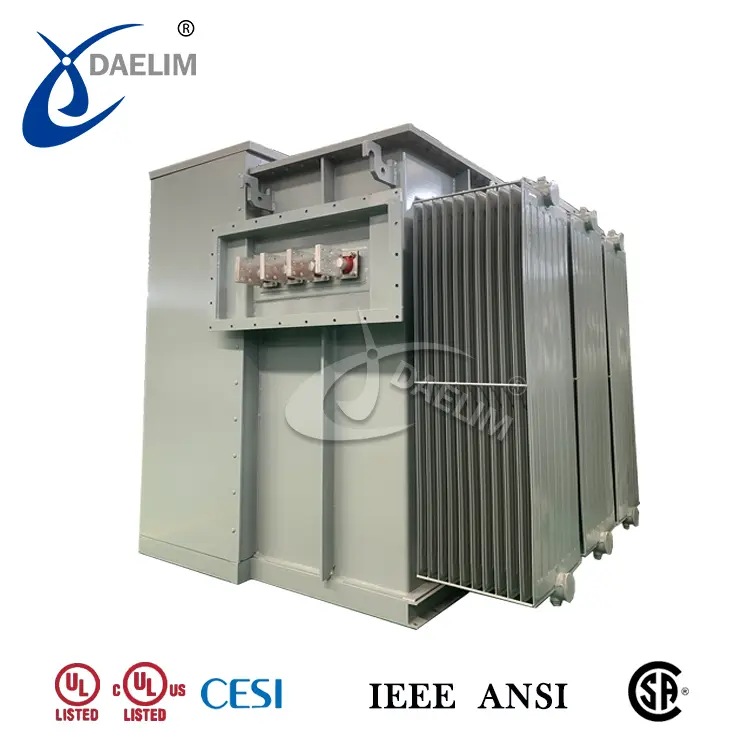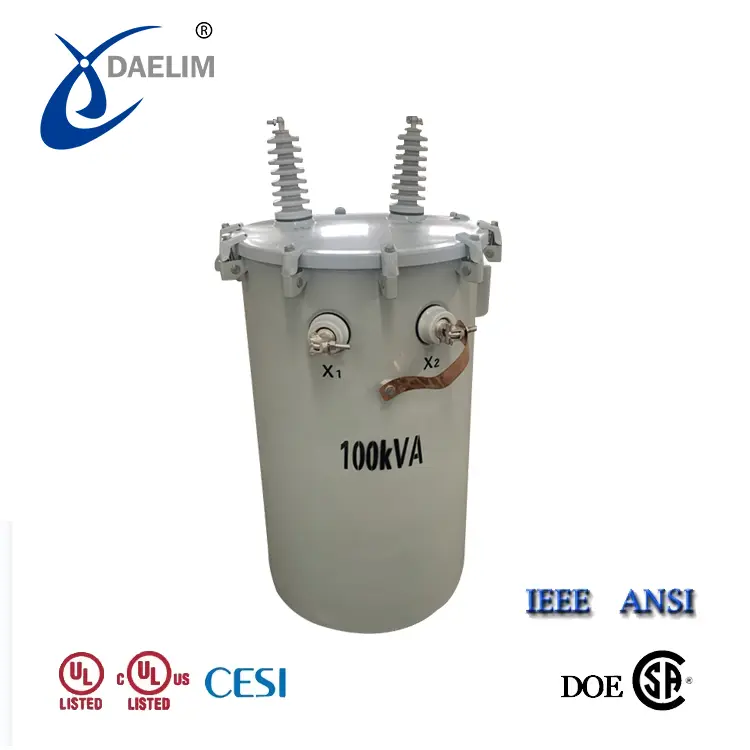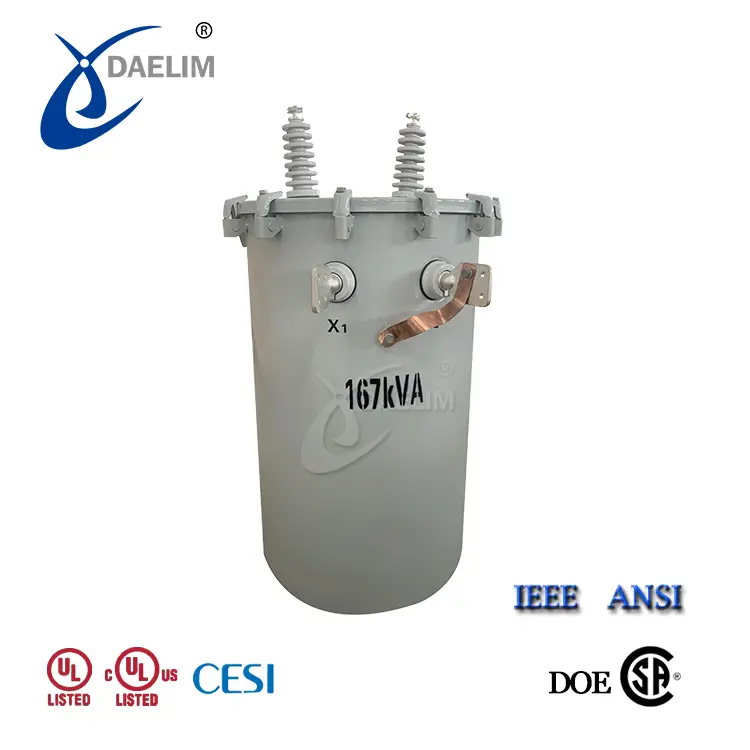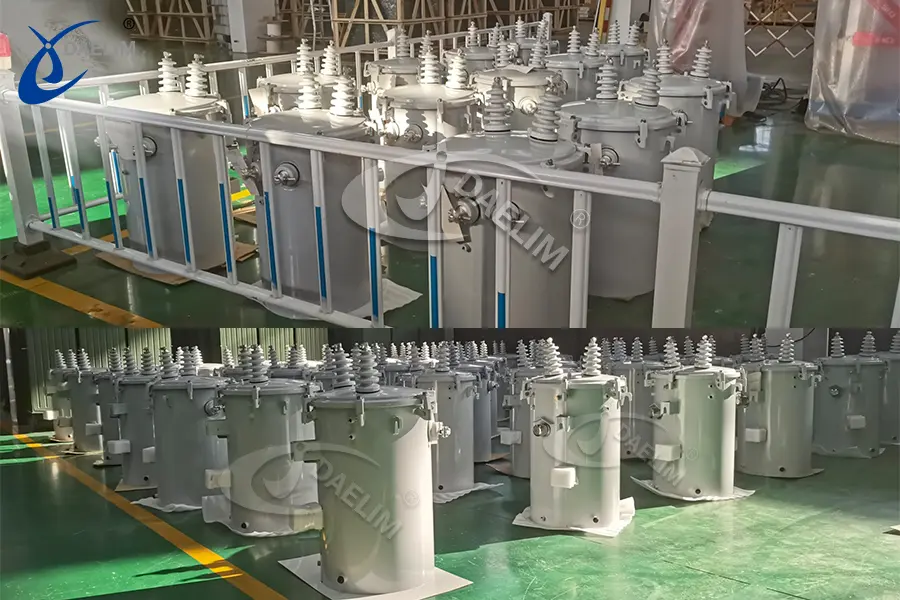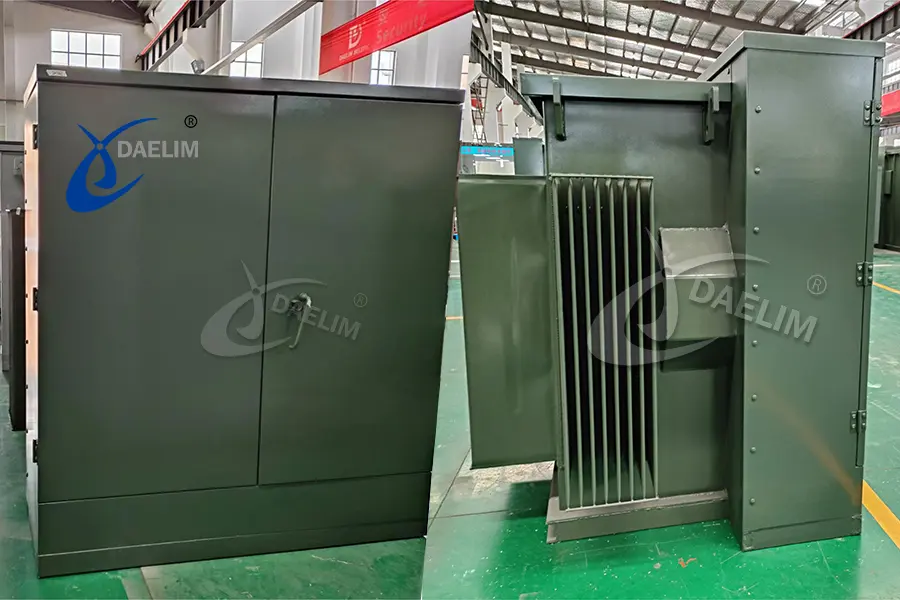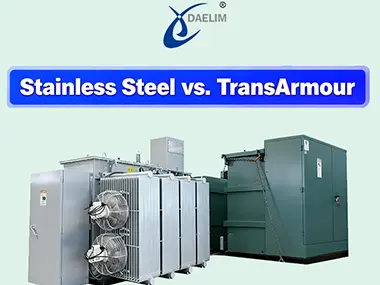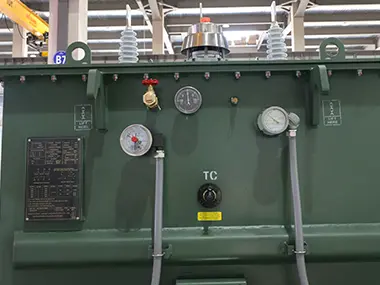Underground vs. Overhead Power Distribution: Which Transformer Solution Fits Your Needs
Power distribution system is the fundamental for any electricity infrastructure. To ensure seamless electricity flow from substations to homes, businesses, and industries, choosing the right power distribution system is the first step. There are primarily 2 approaches for setting up a distribution system. One is an overhead and the other is an underground power distribution system. Each one has its own use cases, pros, and cons.
Overhead systems are the most traditional ones, it set up in open areas with lines and transformers mounted on poles. They are cost-effective and easy to install, and mostly go for rural and cost-sensitive projects. Meanwhile underground system is quite a premium system where everything is set up underground. The power cables with better insulation are buried underground, as well as the transformer. They have better reliability, safety, and aesthetics, but have a higher cost.
Contact Daelim TransformerUnderstanding Power Distribution Systems
Power distribution is the foundation of power infrastructures, which ensures power is safely and efficiently transmitted from substations to homes, offices, and industries.
The two main methods to distributing power are overhead lines and underground lines. Each has its own advantages, disadvantages as well as cost implications.
Overhead distribution is the most common system for distribution, where conductors and overhead transformers are located on poles. This option is generally faster and cheaper to install, hence it is common in rural areas and industrial settings.
On the downside, the downside of overhead lines is that they are exposed to weather and environmental conditions means that these installations often require more transformer maintenance and repairs.
In Underground distribution, power cables are buried underground and uses underground transformers, such as pad-mounted ones. Compared to overhead, they offer better weather resistance, improved reliability, and enhanced aesthetics —all of which are extremely important benefits in urban developments and sensitive industrial applications. But the downside is that this is quite costly compared to overhead.
Overhead Power Distribution
Overhead power lines are the most extensively used for power distribution in cities, towns, and rural areas. They are favored for cheaper power line costs, ease of construction, and rapid installation as compared to underground. In any situation requiring cost-effectiveness and ease of access, overhead systems are usually the prime consideration.
In an overhead system, electricity is distributed on lines which mounted on poles, supported by insulators, and connected to overhead transformers. The transformers are meant to lower the voltage for safe power transmission to homes, commercial, or industrial users. The installation of this system is straightforward, not costly compared to underground, and the equipment is also accessible for inspection and repair purposes.
Underground Power Distribution
The underground networks are quite popular in modern locations, particularly within urban areas, data centers, and industrial zones, where reliability and aesthetics take priority.. Underground distribution uses cables buried under the ground instead of overhead lines; so, the exposure to storms, wind, and other environmental factors is diminished.
An underground transformer is the main component of this system, which is most often are pad-mounted transformer. They are designed for secure installation of transformers at ground level, connecting with the undergroud cables while still being accessible for maintinance. The main issue is cost, as buried systems generally require a higher upfront cost due to excavation, specialized insulation, and a more complicated installation.
Key Factors to Consider When Choosing
The decision to have either underground power lines or overhead power lines depends on the project requirement. Here are the main factors that need to be considered when choosing:
Cost of Installation
- Overhead distribution power lines generally have a lesser upfront cost for new lines because poles and insulators, plus overhead transformers, are all faster and easier to install.
- Underground distribution requires trenching, insulation, and specialized underground transformers, which makes this system quite costly.
Reliability and Maintenance
- Access to maintenance is comparatively easier with overhead systems, but being expose to weather conditions means increased frequency of maintenance to the transformers.
- Underground systems cost more firstly but are less vulnerable to outages, lowering maintenance in the long term.
Aesthetics and Space
- Overhead power lines can be visually disorderly, espeically in urban areas.
- The underground system remains out of sight, and that is more appropriate for residential neighborhoods, commercial developments, and environmentally conscious areas.
Application Needs
- In rural setups, an overhead system with pole-mounted transformers is the preferred choice because it is cheaper to install.
- Highly developed cities, renewable energy sites, and critical facilities such as data centers tend toward underground installation for performance and safety.
Regulatory Standards
Local codes and safety can also guide whether you should go with underground or overhead distribution is more feasible.
Conclusion
The choice between underground power lines and overhead power lines ultimately depends on cost, reliability, maintenance, and project requirements. For the rural and industrial area, overhead distribution with overhead transformers and pole-mounted consumers is very quick and easy to install as well as maintain.
Underground distribution, however, is really reliable, safe, and has no visual disorder since everything is underground, making good choice for urban environments, data centers, and renewable energy projects, even though the initial installation costs are higher.
Regardless of the choice that meets your needs, the correct transformer solution is the key to performance and long-term value. This is where Daelim Transformer shines. With more than two decades of global manufacturing experience, Daelim has a full line of overhead and underground transformers designed, tested, and certified to meet international standards such as UL, CSA, and IEC.
From cost-effective pole-mounted solutions to very reliable pad-mounted transformers for underground networks, Daelim designs each product according to the requirements of your project.
If you’re weighing underground vs overhead power lines cost or planning your next transformer installation, partner with Daelim Transformer. We have 500 pad-mounted units available, ready to ship with no lead time.
Related Products
Related Article
Single Phase Pole Mounted Transformer Project, Canada
Used in Saskatoon, Canada, 2019. We provided single phase transformers of 2.4kv, 7.,2kv, 13.8kv and 14.4kv. They are used for remote village net work.
Single Phase Pole Mounted Transformer For Guyana
In August 2023, Daelim Transformer completed production and Factory Acceptance Testing (FAT) for a batch of single-phase pole-mounted transformers. These transformers are destined for a prominent distributor in Guyana. The customized order comprises 44 units transformers, with 32 units of 50 kVA, 6 units of 100 kVA, and 6 units of 167 kVA. All adhere to traditional design principles, featuring dual high-pressure bushings. The standard manufacturing and testing procedures follow IEEE Std C57, with the specified type as Conventional.
Daelim Transformer Custom 1500 kVA Pad Mounted Transformer for Canada
As a professional pad mounted transformer manufacturer & supplier, Daelim Transformer is committed to meeting standards such as ANSI/IEEE, CSA, DOE, and NEMA, offering customized solutions. Here, we present a case of a 1500 kVA pad mounted transformer tailored for the Canadian market.
1000 kVA Pad Mounted Transformers For Jamaica Market
In October 2023, Daelim Transformer successfully manufactured two units of 6 kV 1000 kVA pad mounted transformers, meeting 100% compliance with IEEE C57.12.34 and IEEE 693-2005 standards. These transformers, one step up and the other step down, were tailored for a valued customer in Jamaica. Let's delve into the details of this exceptional project.
Stainless Steel vs. TransArmour: Comparing Transformer Corrosion Protection Solutions
Transformers are vital in power systems, but corrosion from moisture, pollutants, and weather threatens their performance and lifespan. To prevent failures and downtime, facilities use corrosion protection solutions such as acid-resistant stainless steel tanks or the modern TransArmor coating system, which offers lightweight, cost-effective, and highly durable protection for long-term transformer reliability.
Transformer Pressure Relief and Fault Detection Devices
Transformers are critical in modern power systems, but without precautions, they can fail dangerously due to high pressure, overheating, or internal arcing. Safety devices—such as pressure relief valves, pressure sensors, temperature sensors, and Buchholz relays—are integrated to detect abnormalities early, protect equipment, and prevent outages or catastrophic failures.



